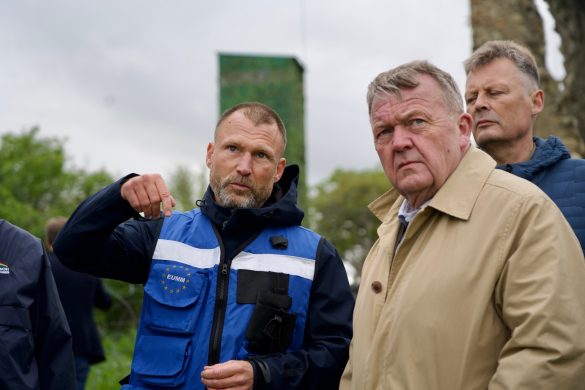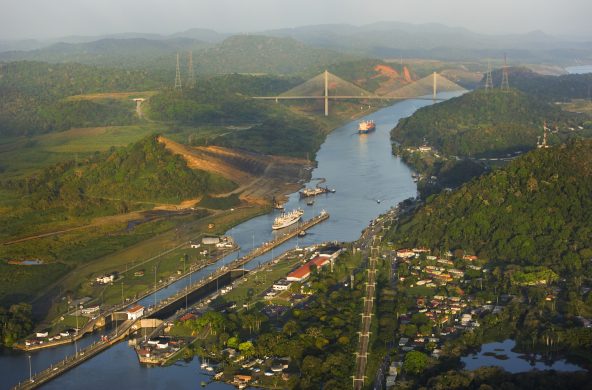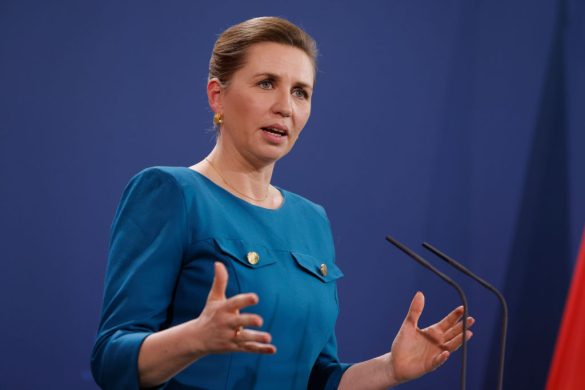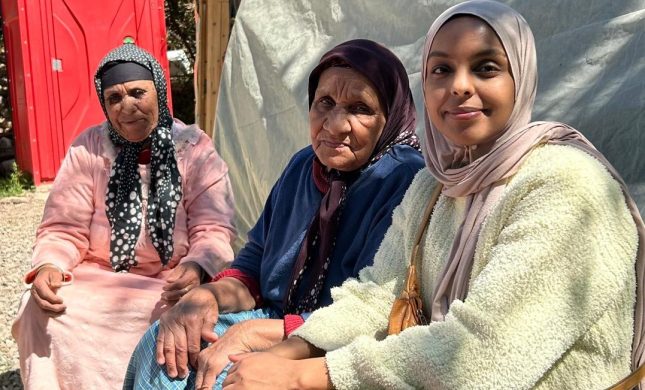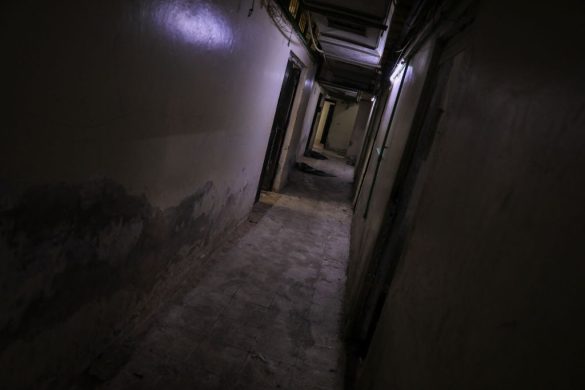VIENNA, 5 March: Opium production in Afghanistan, a 3 billion US dollar (17 milliarder DKR)-a-year trade accounting for more than 90 per cent of the worlds illegal output, could rise again this year after a nearly 60 per cent increase in 2006, due to the ousted Taliban using the trade in the raw material for heroin to fund their war, according to a new UN survey released Monday.
– In the south, the vicious (onde) circle of drugs funding terrorism and terrorists supporting drug traffickers is stronger than ever, UN Office on Drugs and Crime (UNODC) Executive Director Antonio Maria Costa said, noting “a pronounced divide” between the war-torn south and the more stable centre and north.
– In other words, opium cultivation in the south of the country is less a narcotic issue and more a matter of insurgency, so it is vital to fight them both together, he added.
UNODCs Afghanistan Opium Winter Assessment, drafted together with the Afghan Ministry of Counter Narcotics, highlights the regional divisions, suggesting that cultivation is likely to decrease in seven of the Central Asian countrys 34 provinces, with no change expected in six.
Another six are opium-free and likely to remain so but increases are expected in the remaining 15, mainly in the south, east and west.
On balance, the increase in the south may be greater than the decline elsewhere, causing a possible further rise in the countrys aggregate (samlede) supply, but the survey also notes that a strong eradication campaign is underway and this could have an impact on the situation in some provinces, including in the south.
– The trend towards more and more provinces in Afghanistan cultivating opium may be broken. We are witnessing divergent (modstridende) trends. This is a moderately good sign, Mr. Costa said.
The survey, conducted in December and January, shows a clear link between poor security conditions and opium poppy cultivation in the southern provinces. While only 20 per cent of farmers in areas with good security grow opium, 80 per cent do so in areas where security is poor.
Significant decreases in cultivation are expected in the centre and the north from projects providing farmers with incentives to switch to licit livelihoods, with only 6 per cent of villages that have received external aid such as medical care, schools, roads, electricity or irrigation engaged in opium cultivation.
– Farmers are speaking loud and clear. They respond to real incentives to stop growing opium, Mr. Costa said.
– It is possible to claw Afghanistan back into legality province by province, as was done in Thailand, Laos and Myanmar (Burma), all of which were once characterized by large scale opium cultivation, he noted.
But he voiced concern that only 1 per cent of the 100 million dollar available through the projects such as the Good Performance Initiative and Counter-Narcotics Trust Fund had so far been disbursed (brugt).
– This money is vital for the future of Afghanistan. I appeal to both the national and international bureaucracies to get it moving, he said.
A record 165.000 hectares were under opium poppy (valmue) cultivation in 2006, an increase of 59 per cent compared to 2005, mainly due to large-scale cultivation in the southern province of Helmand. Further increases there and in Uruzgan and Kandahar provinces, are likely this year.
In all cases, permanent Taliban settlements have provided sanctuary for cultivation, heroin processing and trafficking to Pakistan and Iran. The revenue received in return is used to fund Taliban activities.
The Survey shows that 80 per cent of farmers in poppy-growing areas in the south are involved in cultivation. Nationally, the proportion is only 13 per cent. The high price is the main reason given by farmers for growing opium, especially when there is little risk of their crops being eradicated.
– At the moment, none of Afghanistan’s legitimate agricultural products can match the income available from opium poppy, which is estimated at 4.900 dollar per hectare, about 10 times the income from licit crops, Mr. Costa stressed.
– We need to change the risk/reward balance for farmers, increasing both the attractiveness of licit (lovlig) activity and the retribution (afstraffelse) for not complying with the law, he concluded.
Kilde: FNs nyhedstjeneste





